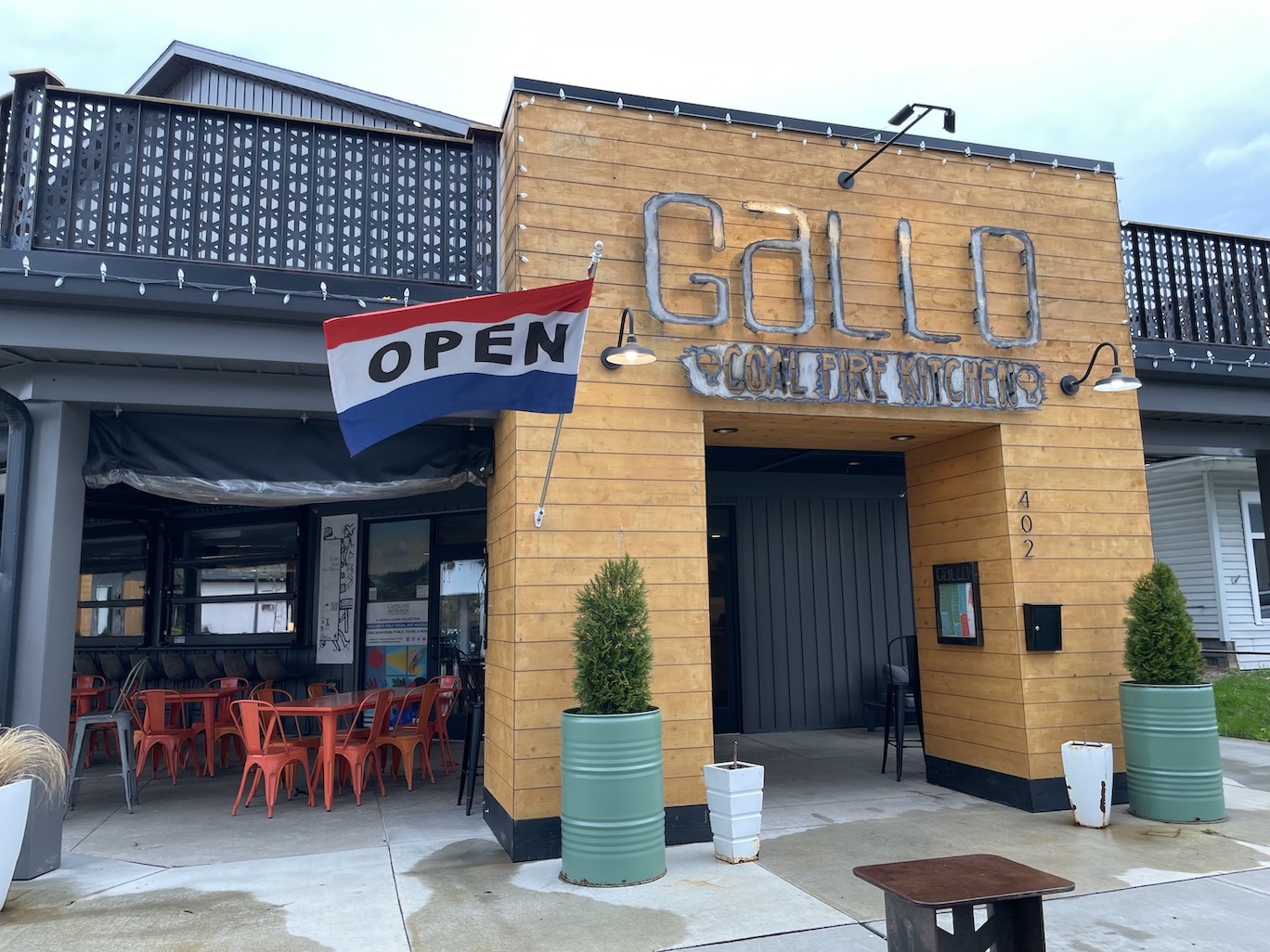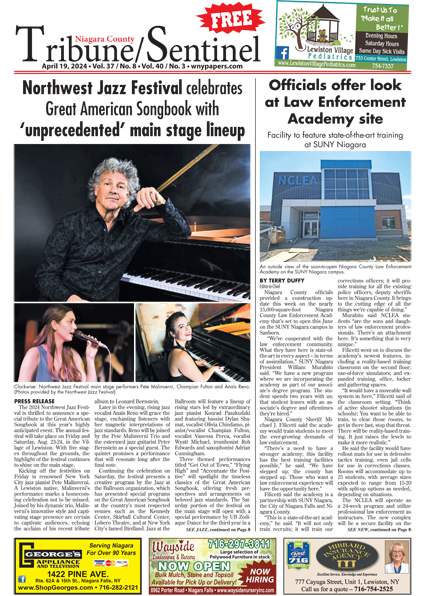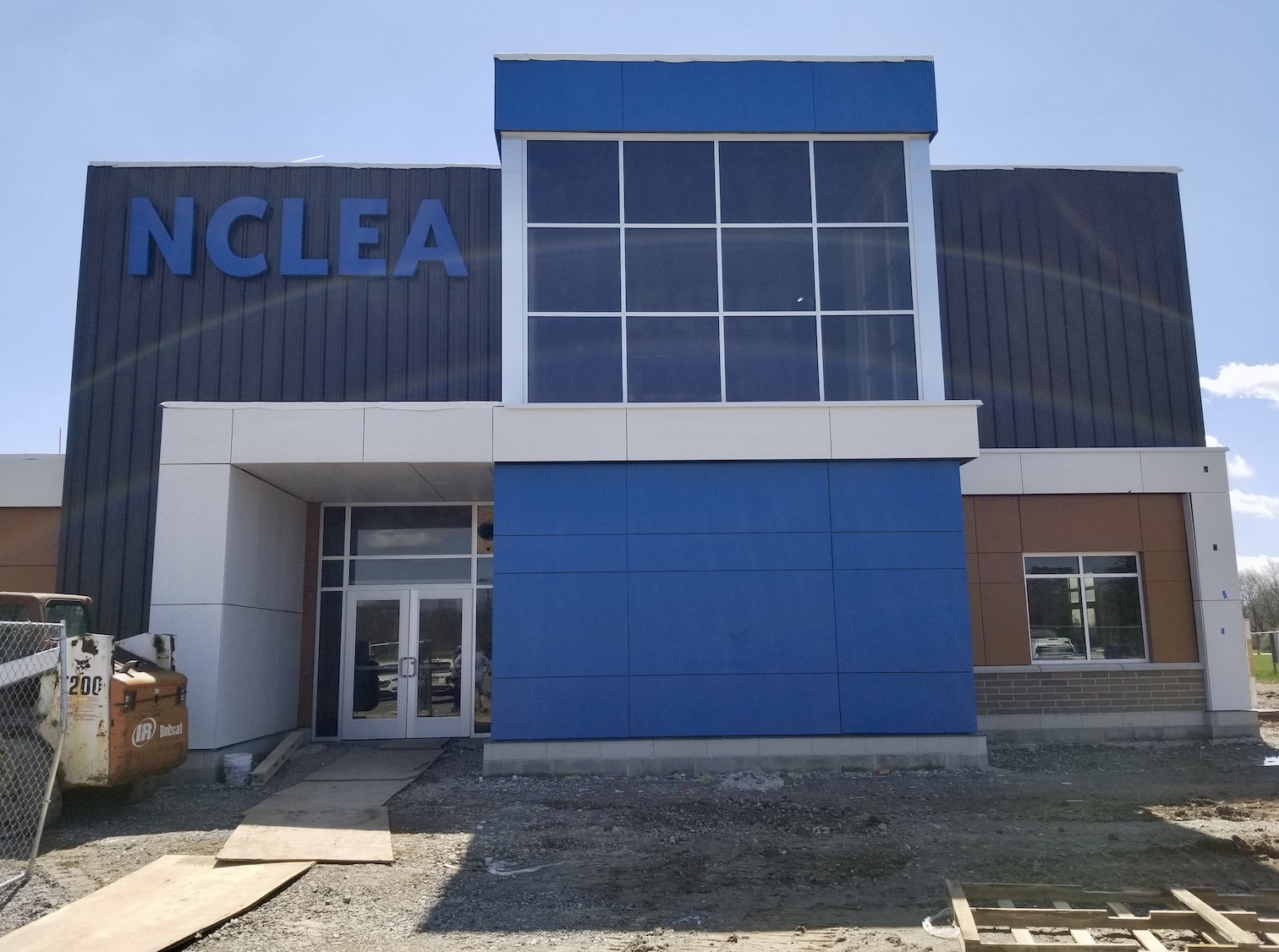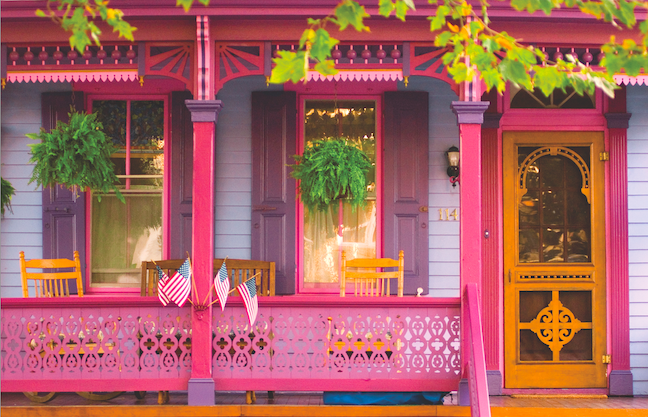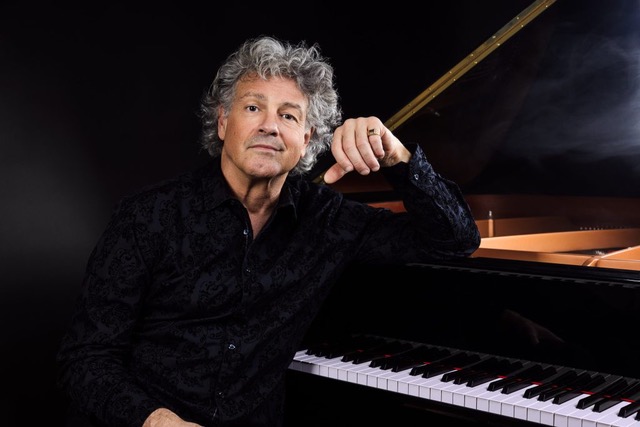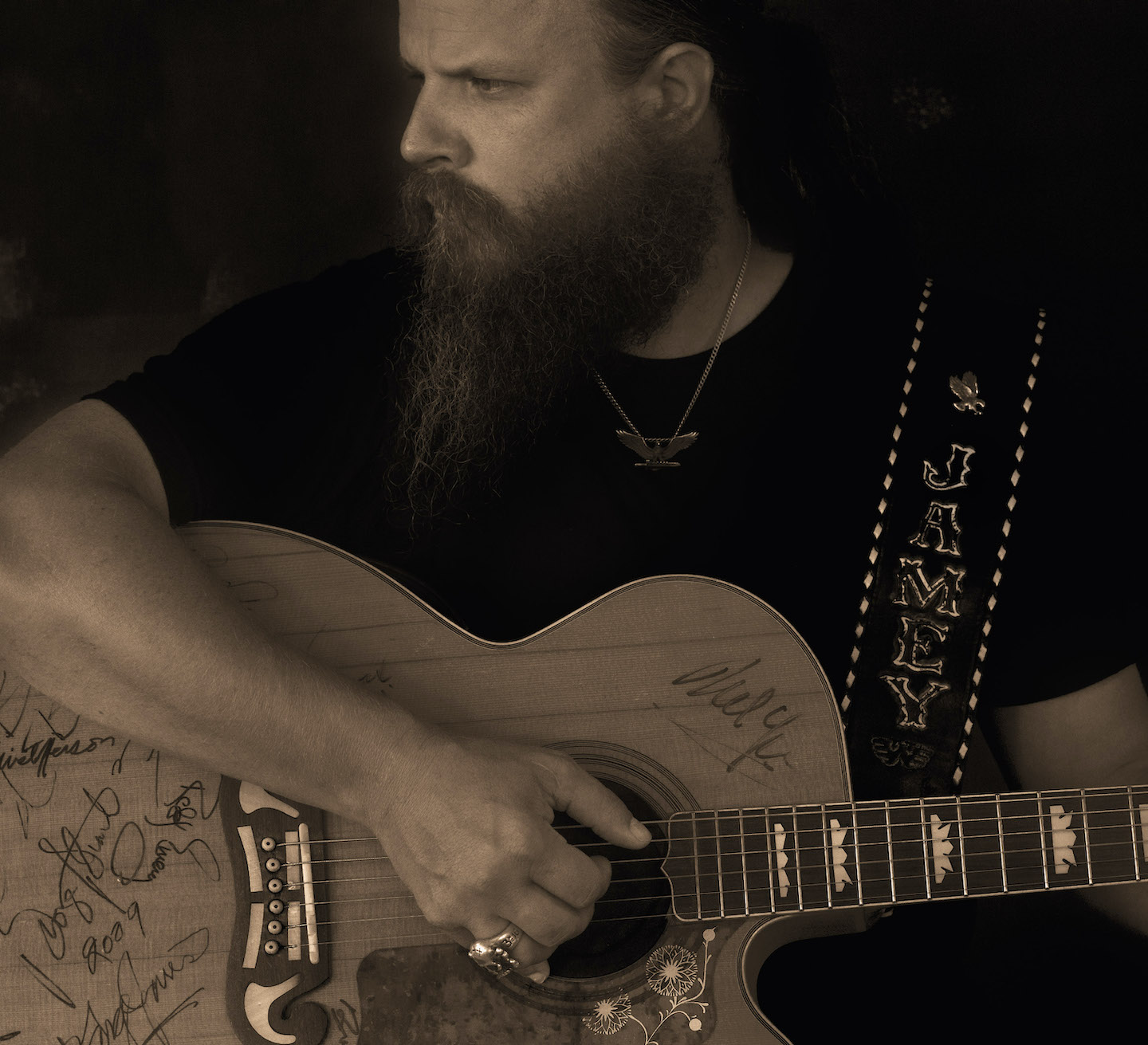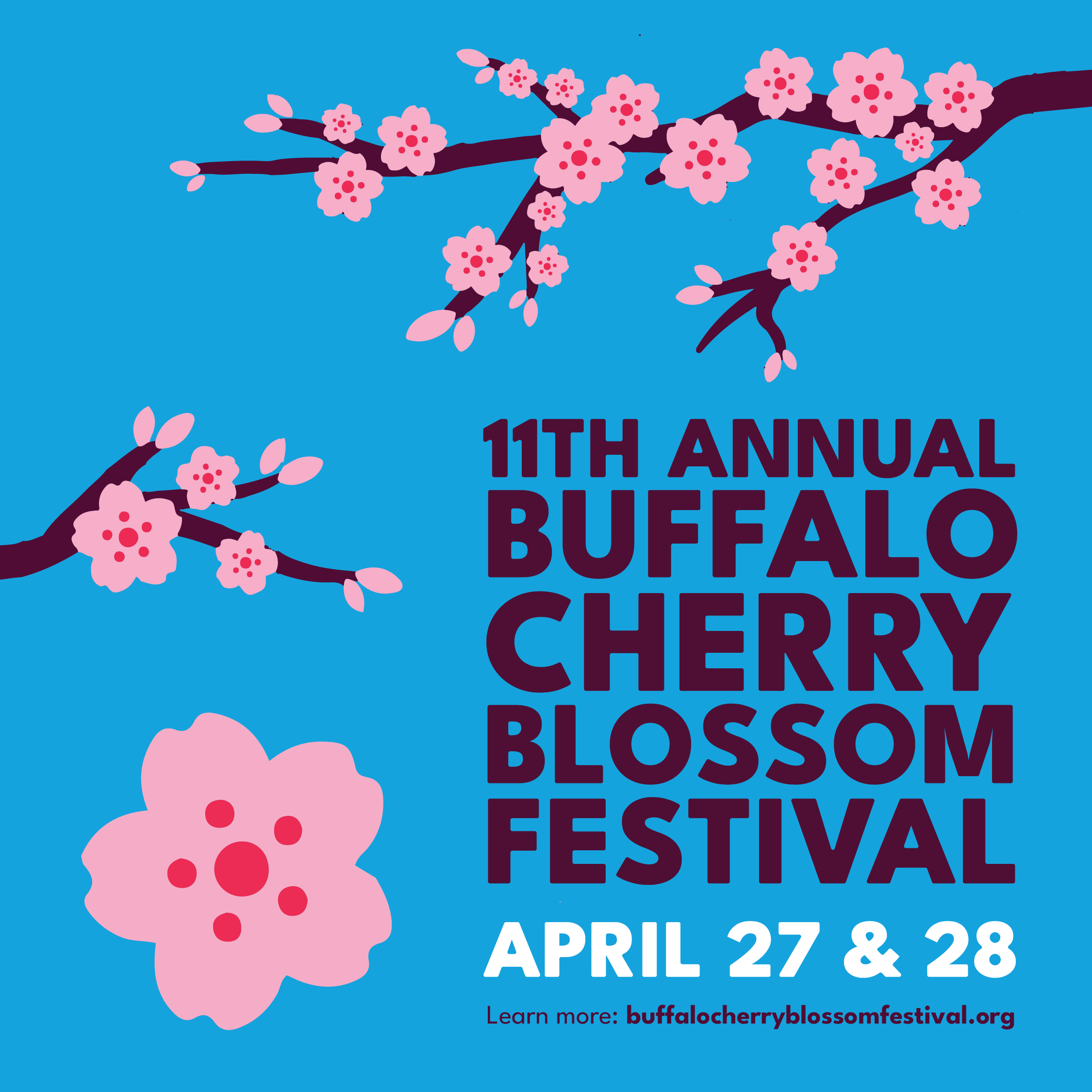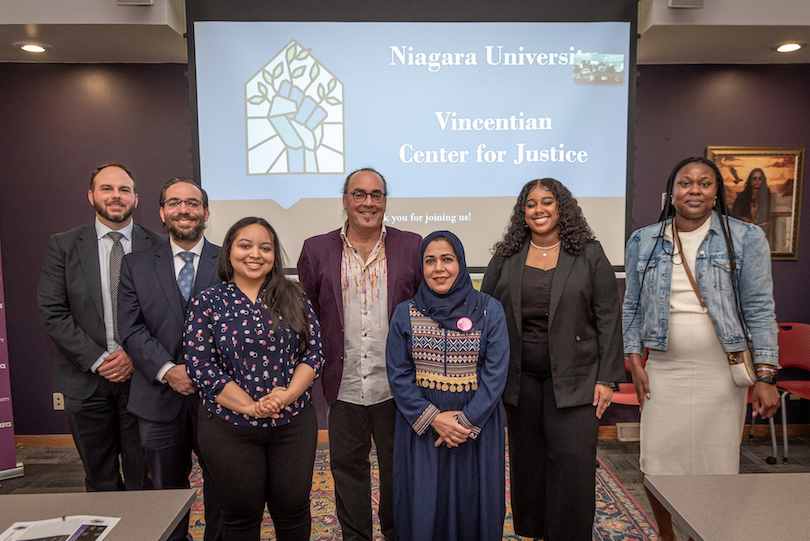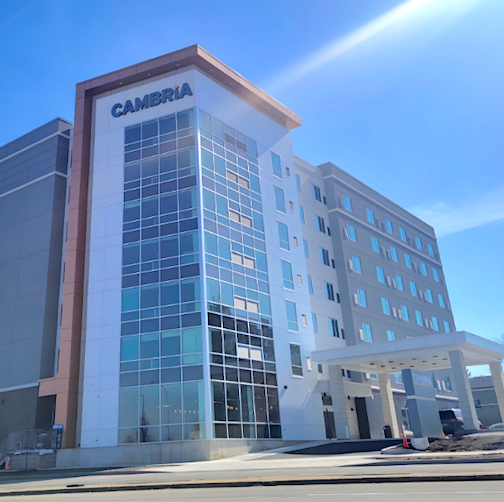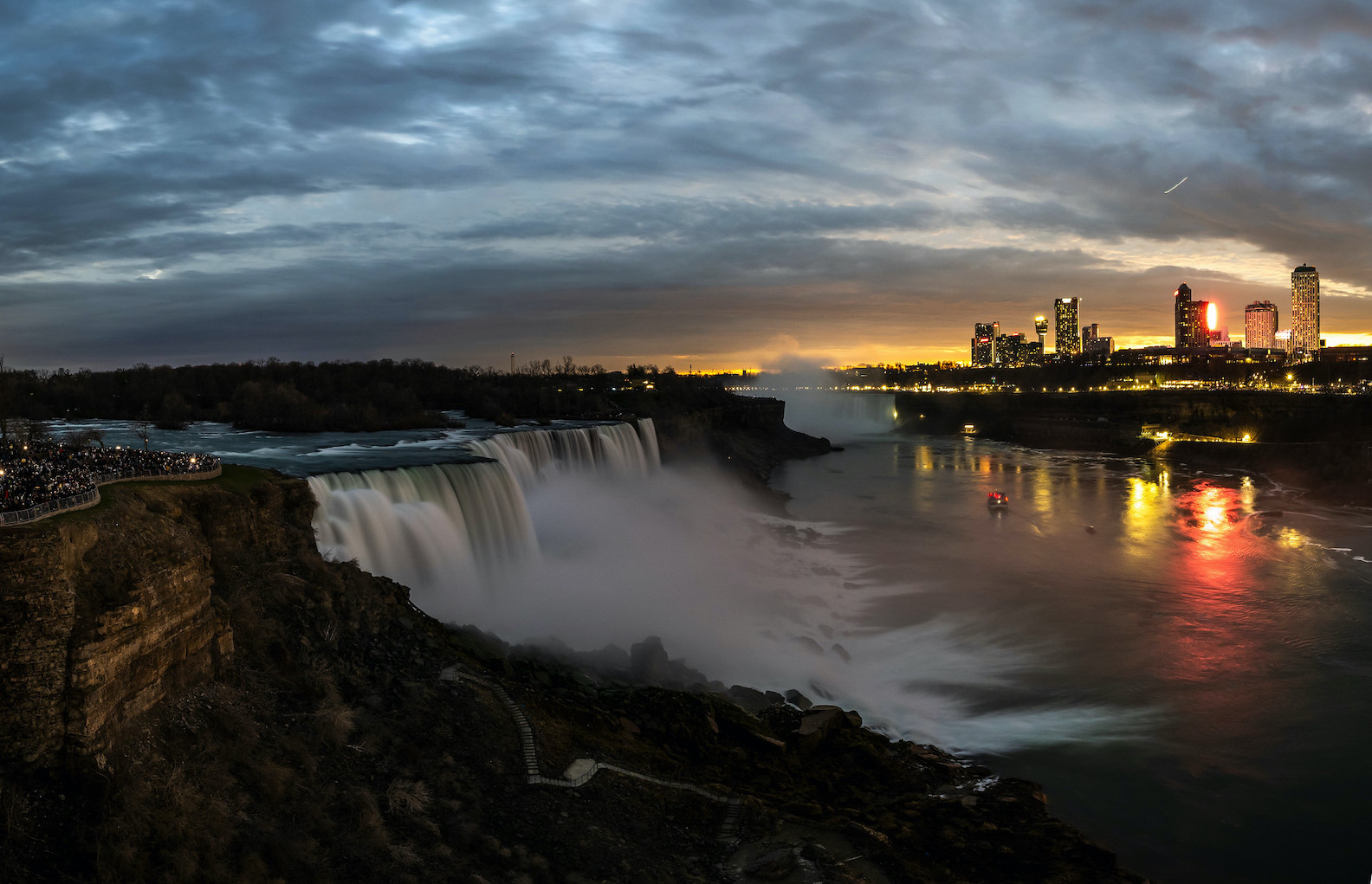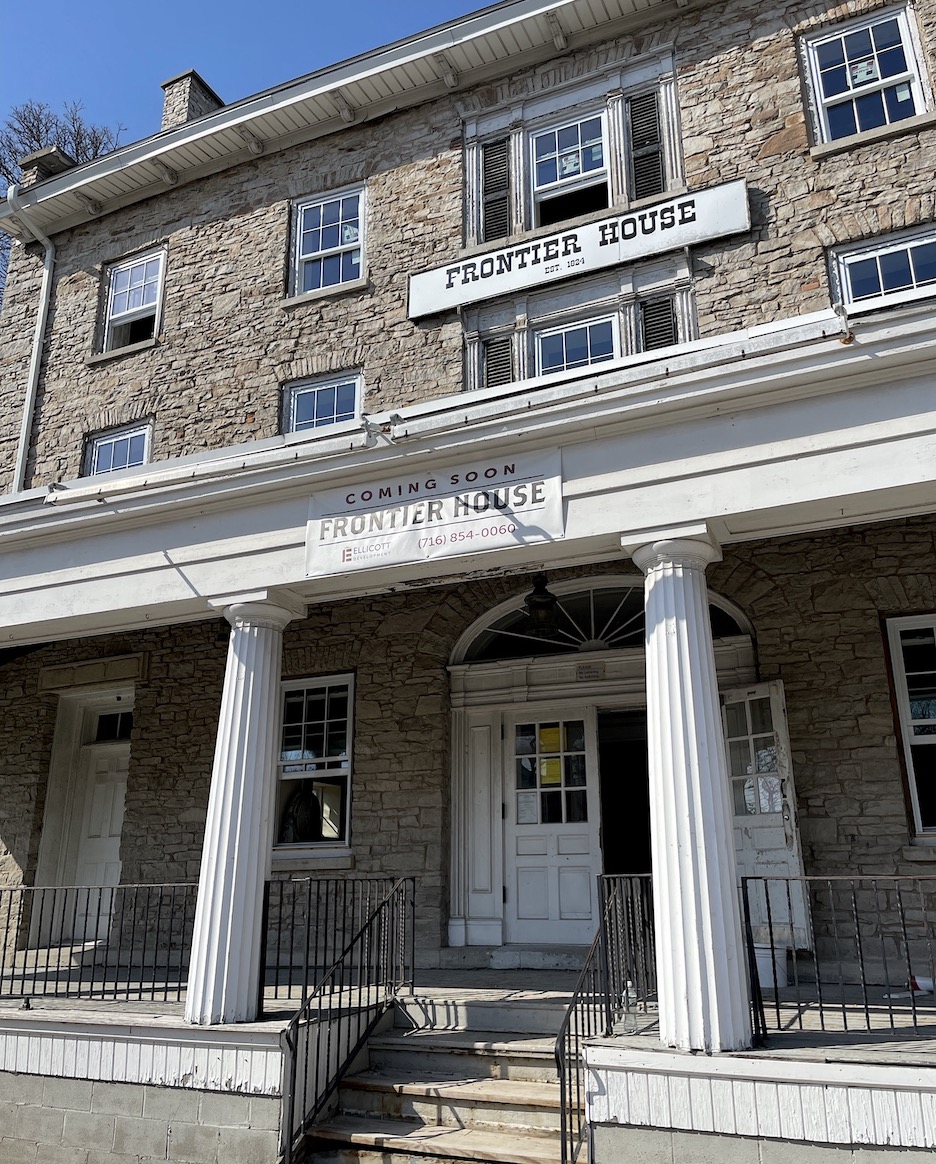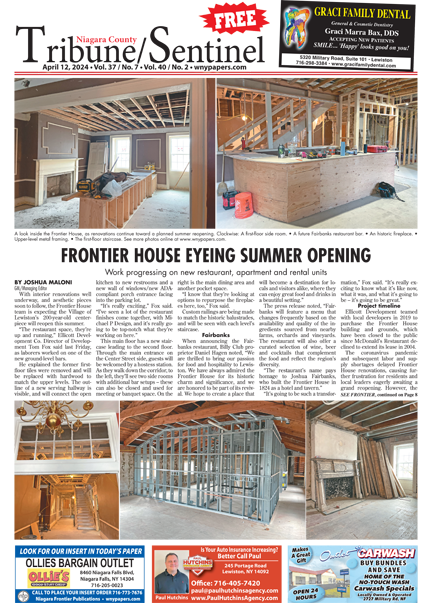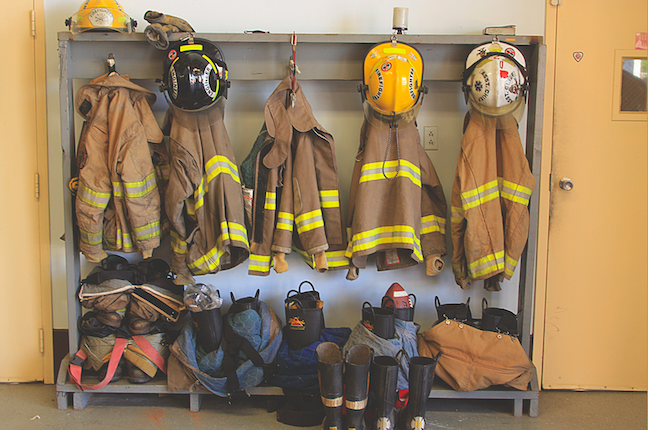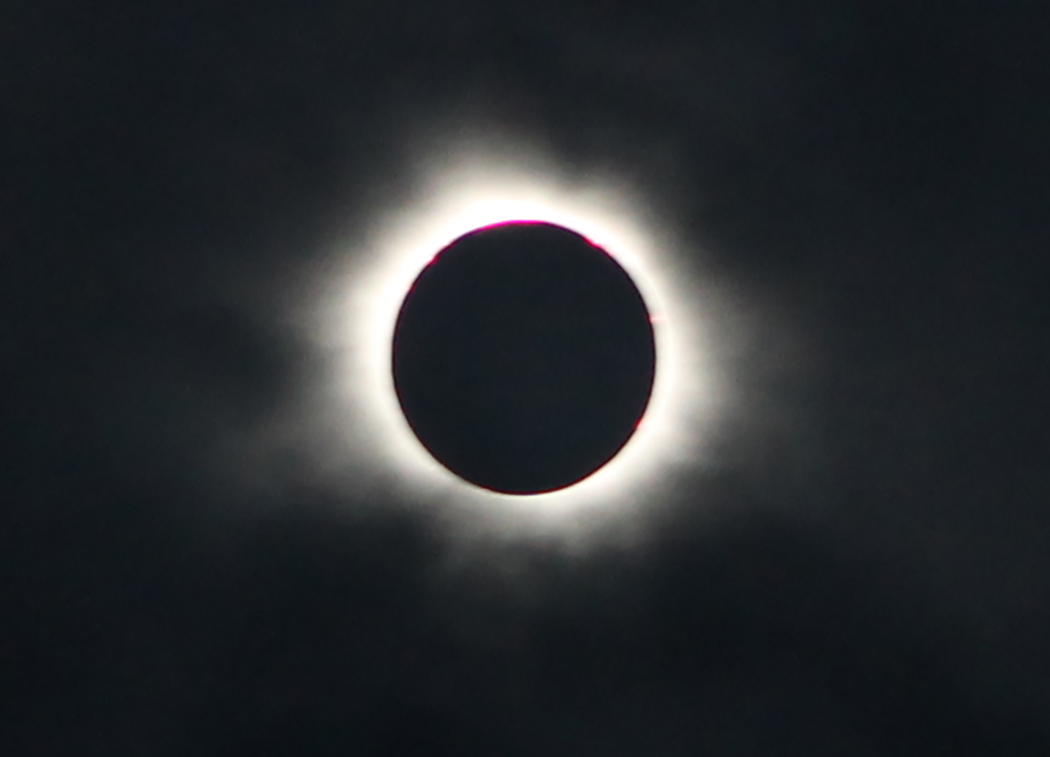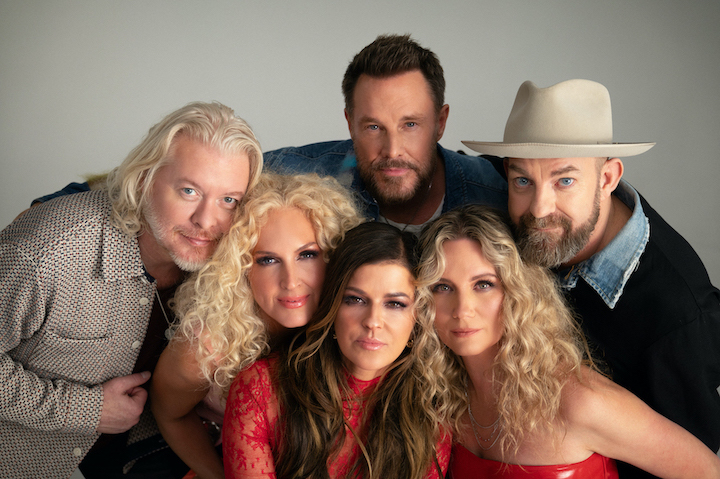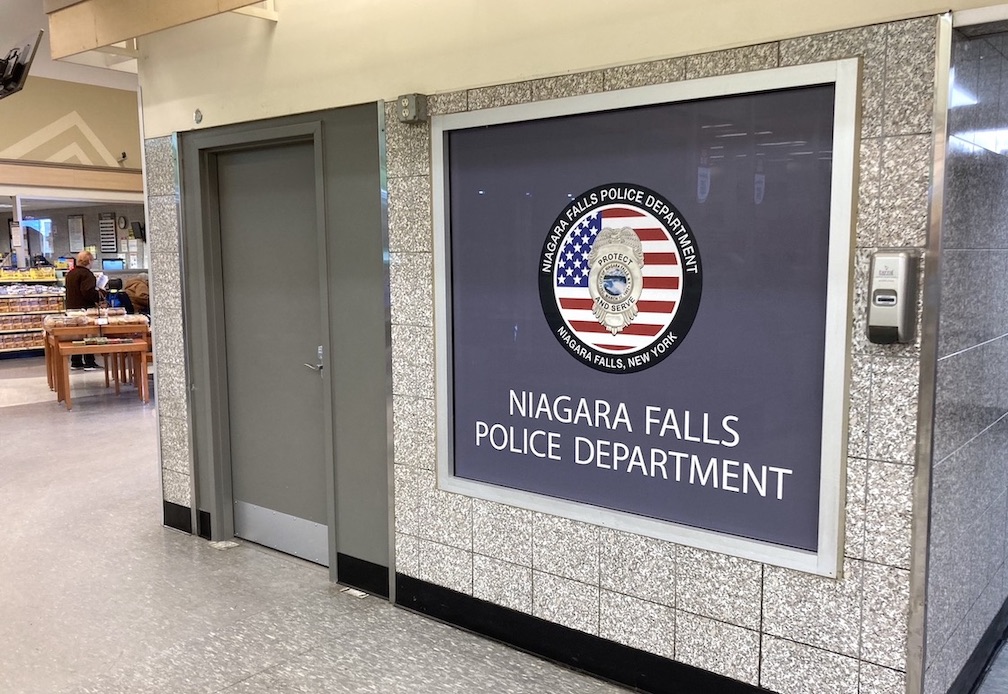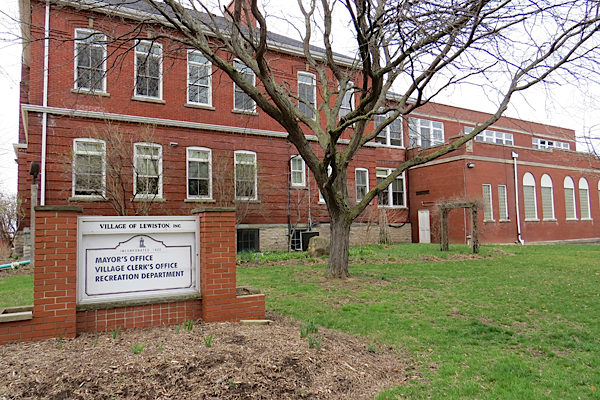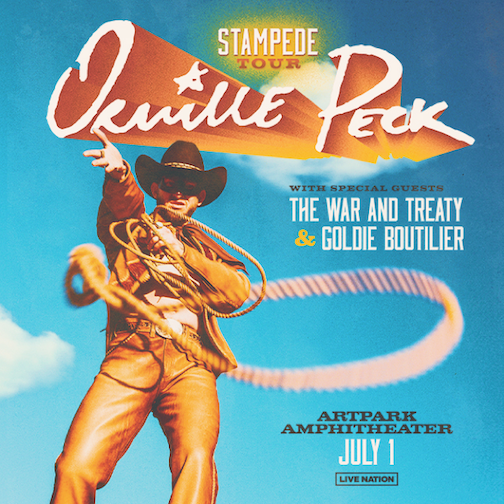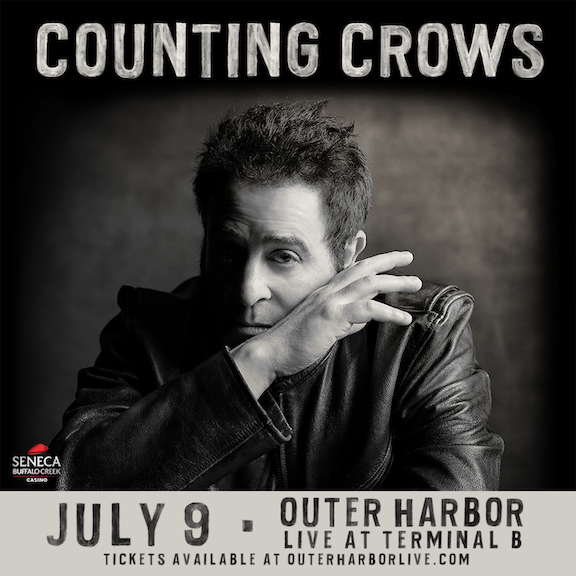Featured News - Current News - Archived News - News Categories
Hochul, Higgins join Buffalo Niagara Riverkeeper, Great Lakes Commission and NOAA to celebrate start of construction
As the 10-year effort to remove toxic sediment from the Buffalo River nears completion this summer, the focus now shifts to shoreline access and habitat restoration along this once-dead river. After nearly five years of planning and design work, construction is beginning at RiverBend and seven other locations along the Buffalo River that are essential for removing the river from the federal list of Great Lakes Areas of Concern by 2016.
To celebrate this next phase in the river's restoration, New York Lt. Gov. Kathy Hochul and Congressman Brian Higgins, together with other state officials and local leaders, met Monday across from the RiverBend site. Restoration work there will transform the shoreline into a healthy and viable ecosystem and enhance recent economic development activity at this former brownfield site.
"This revitalization effort is a product of a thoughtful and historic public-private partnership that is restoring habitats and strengthening our local economy," Hochul said. "It was almost unheard of decades ago to imagine this site attracting new outdoor recreational opportunities - like fishing and boating - to our beloved shorelines. Today, it is clear that this investment has finally brought this dream into a reality."
"Federal investments combined with community-based action are bringing the Buffalo River back to life and breathing new life into our city," Higgins said. "This progress was made possible thanks to the great collaboration of federal partners committed to the Great Lakes, private partners committed to investing in Western New York's future, and community partners, including outstanding leadership by Buffalo Niagara Riverkeeper, whose commitment is truly transforming Buffalo for generations to come."
When fully implemented, the projects will restore nearly two miles of shoreline and 20 acres of habitat at eight sites on the lower Buffalo River: RiverBend (east and west shorelines), River Fest Park, Blue Tower Turning Basin, Old Bailey Woods, Ohio Street Boat Launch, Toe of Katherine Street Peninsula and Buffalo Color Peninsula.
Approximately $4.7 million from the Great Lakes Restoration Initiative (GLRI) is being provided for the restoration work through a regional partnership between the National Oceanic and Atmospheric Administration and the Great Lakes Commission. NOAA and the GLC have partnered with Buffalo Niagara Riverkeeper to design and implement the restoration projects by 2016. The GLRI is a federal program that is cleaning up heavily polluted areas and addressing other problems in the Great Lakes.
"The Buffalo River restoration is a global example of the how the health of our economy is directly linked to the health of our water, ecosystems and surrounding communities," said Jill Jedlicka, Buffalo Niagara Riverkeeper executive director. "This groundbreaking collaboration of public, private and nonprofit sectors helped transform a regional economy that now values clean and accessible waterways as a critical component to economic revitalization and improved quality of life for our residents and visitors. We are thankful to our partners for helping us move this important work forward."
GLC Acting Chair Jon Allan, director of Michigan's Office of the Great Lakes, said, "This shoreline restoration work will further the important waterfront revitalization underway along the Buffalo River, and clearly exemplifies how environmental restoration of degraded areas across the Great Lakes region is a key driving force for economic development."
He noted the GLC recognizes the deep importance of the GLRI funding that makes this work possible and the dedication of federal, state, city and nonprofit partners.
The upcoming work builds on more than two decades of planning by local, state and federal partners, including Buffalo Niagara Riverkeeper, New York State Department of Environmental Conservation, U.S. Environmental Protection Agency and U.S. Forest Service. In addition to habitat and brownfield improvements, the projects will increase natural and stable shoreline, treat stormwater, enhance and restore habitat, control and manage invasive species, reduce erosion and control sedimentation.
"Projects like these not only restore Areas of Concern around the Great Lakes, they also increase economic benefits from these important waterways," said Julie Sims, regional coordinator for NOAA's Restoration Center. "The Buffalo River restoration shows how the GLRI is making a difference for communities across the region."
Over the past decade, the Buffalo River Restoration Partnership has leveraged more than $75 million to remove toxic pollutants from the river and implement other significant improvements. In one of the largest river cleanups in the history of the Great Lakes, nearly 1 million cubic yards of heavily polluted sediment is being removed from the Buffalo River and the City Ship Canal.
The Buffalo River was designated as one of 43 Areas of Concern in 1987 under the Great Lakes Water Quality Agreement due to poor water quality, contaminated sediments, hazardous waste sites, point and nonpoint source pollution, combined sewer overflows and degraded fish and wildlife habitat. Recent restoration actions build on more than 25 years of work by federal, state and local agencies, and nonprofit organizations, with assistance from landowners, businesses and community groups to restore environmental quality in the river.
Buffalo Niagara Riverkeeper is a community-based organization dedicated to protecting the quality and quantity of water, while connecting people to water. Riverkeeper does this by cleaning up pollution from waterways, restoring fish and wildlife habitat, enhancing public access, and facilitating and collaborating with all sectors to enable a blue economy in Western New York. Buffalo Niagara Riverkeeper is a member of the global Waterkeeper Alliance. To learn more about Buffalo Niagara Riverkeeper or to get involved, visit bnriverkeeper.org.
The Great Lakes Commission is an interstate compact agency established under state and U.S. federal law and dedicated to promoting a strong economy, healthy environment and high quality of life for the Great Lakes-St. Lawrence region and its residents. The commission consists of governors' appointees, state legislators, and agency officials from its eight member states. Learn more at www.glc.org.

